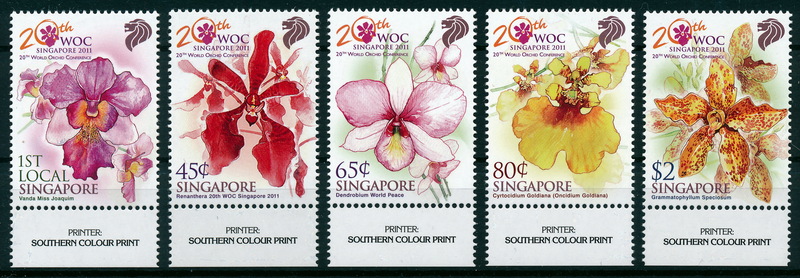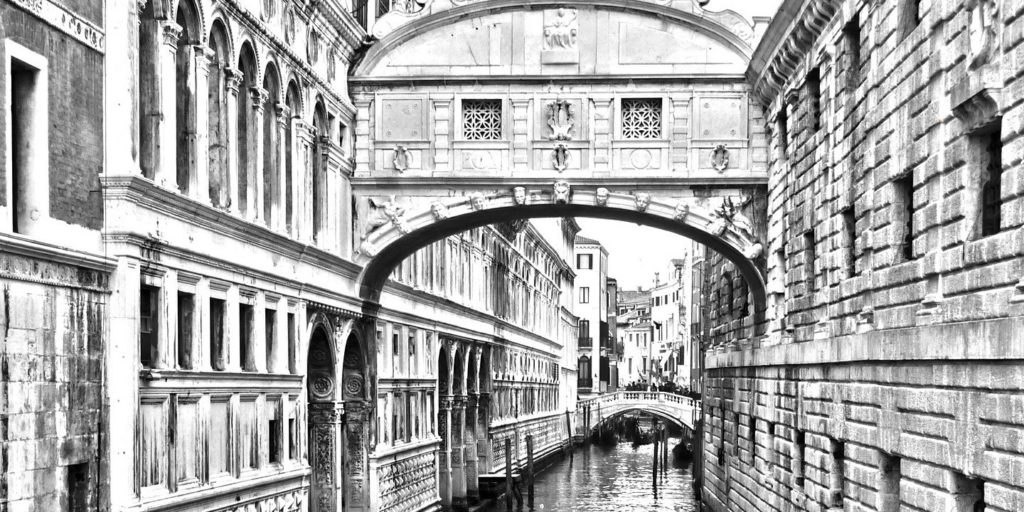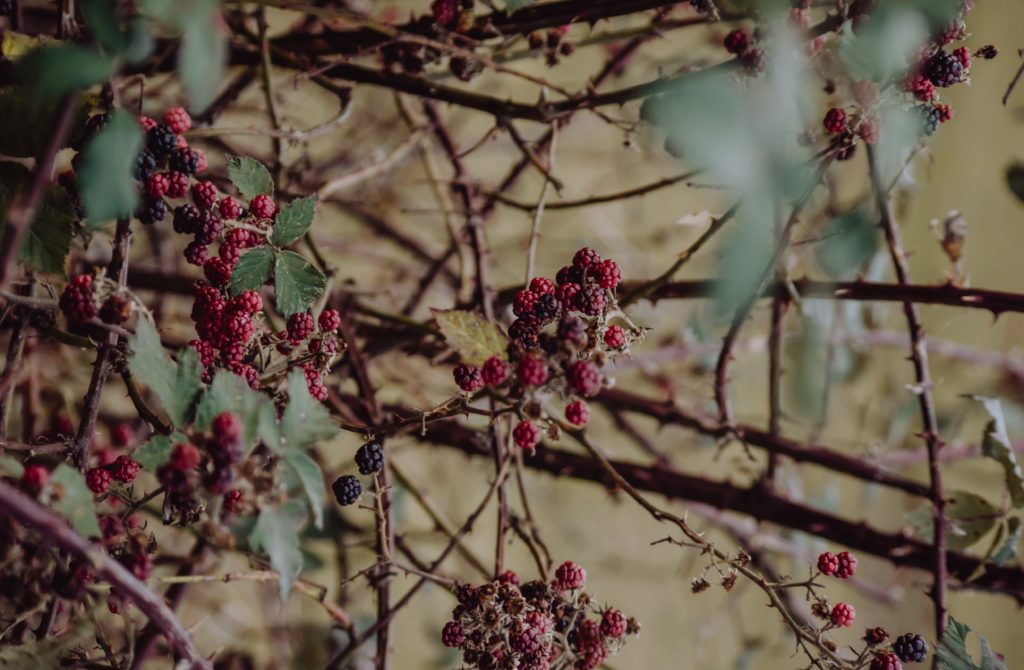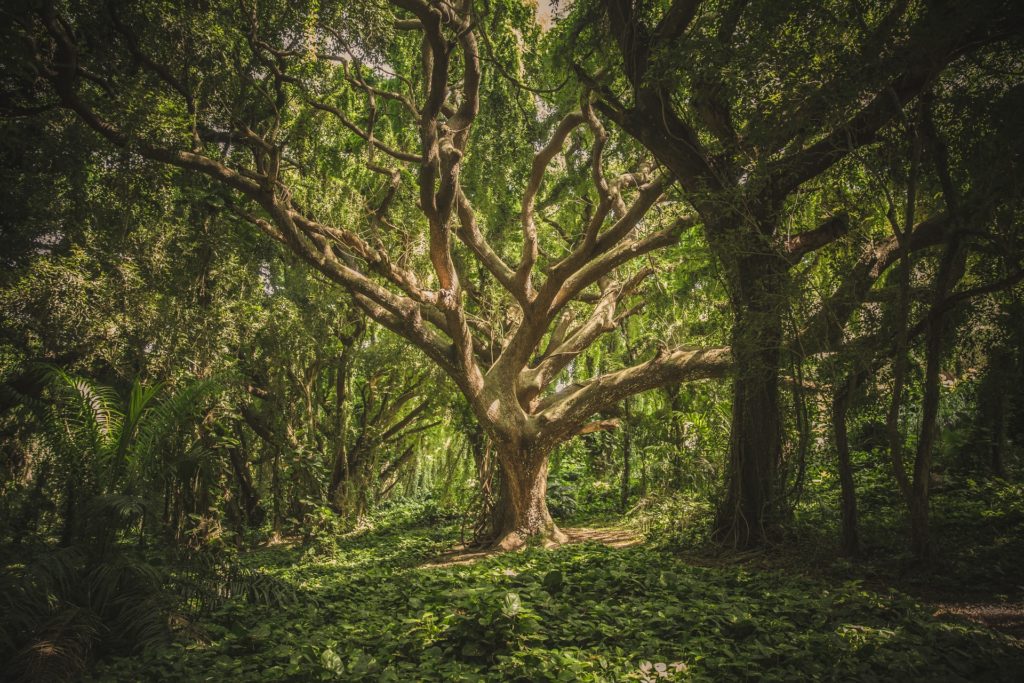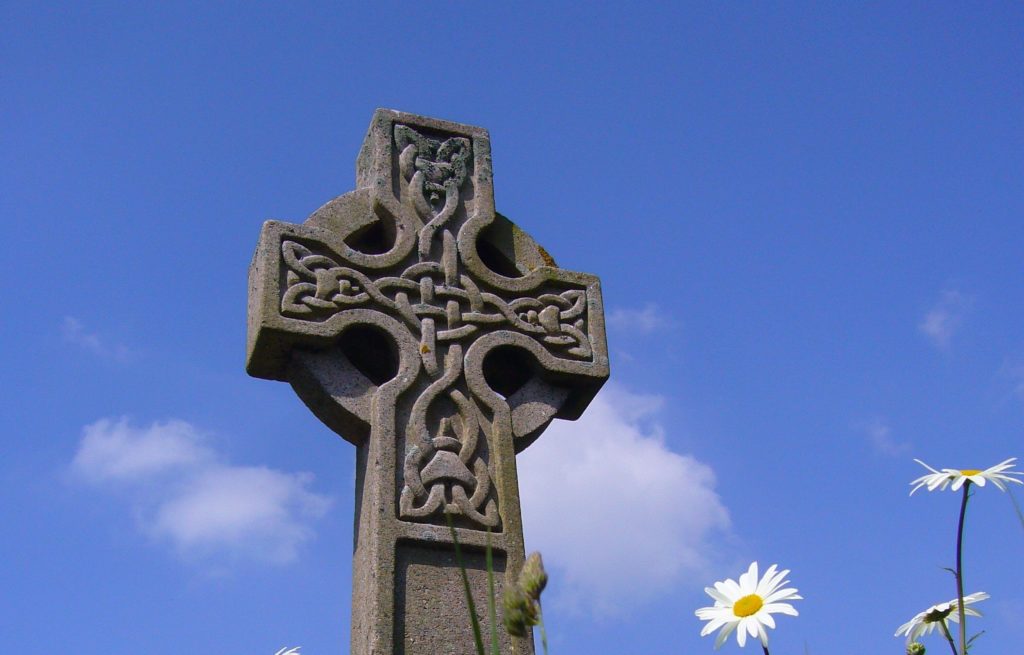I feel like it’s watching me. Agave Feros: a giant succulent whose arms stretch out from a hidden centre. It’s at least two metres tall and wider than that in circumference. Though it’s faceless and eyeless, still I feel as though I am in the presence of something large, conscious, and old. I am in the university’s botanic garden with Marceline. Though we are alone, our voices dip like we’re in a library. She volunteers here during term time, moving rocks and planting seedlings. The plants are named, organised by climate and use, and this gives them agency, identity. They’re separated, relieved from the task of forming part of the background, from having to set the scene.
Stepping into the tropical room, I am greeted by a sense of home. I feel my skin prickle at the heat, the moisture in the air, and the smell of damp earth. The large leaves and bright flowers are all too familiar. There is a botanic garden in Singapore, originally built by the British colonial government for the research and cultivation of cash crops like rubber. It is now a national symbol and a UNESCO World Heritage Site, managed by the National Parks Board. As a child, I spent many weekends in the garden, with its sloping hills and dirty marble-edged ponds topped with black Australian swans. Designed after a British park, some things took but many didn’t. Still water on the equator doesn’t stay still – quickly filling with slimy green and unintended fish. As a child visiting the gardens, I became obsessed with pitcher plants. ‘Pitcher plant’ is a common name for a family of carnivorous plants that have evolved specialised leaves to trap and digest small animals, usually insects, in basins – pitchers – of digestive fluid. They lure these insects with colours and nectar. Their methods for entrapment are as varied as the species itself, but essentially, the insects land on the surface of a leaf, looking for nectar, and slip into the waxy pitcher, where they drown and are digested. Every weekend I would beg my mother to buy me a pitcher plant. Eventually, she did.
I watched my plant for hours. Tiny green leaves surrounded its several large pitchers, which started green before turning a deep purple-red. I would feed it, catching ants to drop into its tiny pools. In a sense this was cheating, but I felt my plant needed all the help it could get. Pitcher plants became carnivorous to deal with scarcity in tropical rainforests, which are soaked with nutrients but also crowded with life—to the point where most seedlings spend years in stasis, waiting in the dark, the sun blotted out by luckier trees. Many plants circumvent this by leading a parasitic life, growing on the branches of other plants. But none are as beautiful, nor as free, as the orchid. Aggressively self-sufficient, this plant grows where others cannot or will not.
Singapore’s national flower is a hybrid orchid, Vanda Miss Joaquim, named after the Singaporean-Armenian orchid breeder Agnes Joaquim, who created it. I think it is an ugly flower. It’s not the national flower because of its beauty, but rather because of its ‘resilience and year-round blooming quality’. It blooms where other flowers won’t. As a child growing up in Singapore, you’re constantly told that people are all we have – that we were born onto an island with no natural resources, not even water, and that human labour and effort were all we could use to drag ourselves out of poverty into the first world. We bloomed where others would not. It’s a powerful narrative, but I don’t think you should tell these things to children. It leaves out the bit about how labour only pays because it is sold. And the bit about how what is sold is determined by what those with money want. And how what they want is rarely good, or right, or humane.
The history of orchids and the collection of them is also the history of colonialism and categorisation. In The Orchid Thief, Susan Orlean’s investigation into the origins of the world of orchid obsession, she writes of the mid-nineteenth century beginnings of the British Empire’s compulsion for classification:
The British Isles have a limited number of native species of plants and animals, whereas the places British orchid hunters explored had an unimaginable profusion of natural forms. The Victorians were tireless name-givers and classifiers, and they set out to categorize the living diversity they were finding on other continents. At the centre of this enterprise was the locating, identifying, and classifying of orchids, the greatest of all plant families.
The modern orchid was created by this impulse: to take apart the world and then put it back together in a specific way, creating order. Orlean’s words echo Edward Said’s in Orientalism:
In a sense Orientalism was a library or archive of information commonly and, in some aspects, unanimously held … These ideas explained the behaviour of Orientals; they supplied Orientals with a mentality, a genealogy, an atmosphere; most important, they allowed Europeans to deal with and even to see Orientals as a phenomenon possessing regular characteristics.
The history of Singapore, a crown colony with a multi-racial make-up, is not unlike the history of the orchid. Under the Raffles Plan of 1822, William Farquhar, the first Commandant of colonial Singapore, identified, classified, and reorganised the early inhabitants of the country into ethnic enclaves, sorting them by colour and use. From 1819 to 1823, Farquhar and Philip Jackson, an engineer and surveyor, split the industrial area of the island into zones according to race and faith as a way to effectively administrate the immigrant populations the port attracted. These divisions live today, with Chinatown and Little India serving as bases for new migrants.
Fifty years after independence, we still use these tools on ourselves. Streaming and classification are an integral part of a Singaporean childhood. From ages nine to nineteen, you’re sorted into academic bands: EM1, EM2, EM3, Express, Normal Academic, Normal Technical, A-Levels, Polytechnic, ITE, PLSE, O-Levels. As you grow, you’re tagged with various numbers, each with their own social and class implications.
My life in numbers and letters:
33, G, 225, 2.5, 87.5, AAABD, 1101
As uncomfortable as these divisions were, it was relatively easy for me to slip into them. For my brother, diagnosed with Asperger’s syndrome, things were infinitely more complex. To be constantly weighed and measured against your peers for relative use and skill is difficult for any child – for the neuro-atypical I can only describe it as torture. School would send him, frustrated and overwhelmed, into a constant state of sensory overload. I could only watch. Twice he broke his own hand on the wall separating our rooms.
Get the best of Moxy directly in your inbox.
As we headed out through the stone doorway, Marceline says that whenever she leaves the gardens, after having been inside for a while, she pays more attention to the trees on the street, the hedges on the pavement. It’s like they’re thrown into focus.
Despite my love for my pitcher plant, I only managed to keep it alive for a couple of months. I was anxious that my plant wasn’t eating properly, and unable to understand why it wasn’t growing, despite the attention I’d given it. I cut open the largest pitcher. The liquid spilled out, along with a few half-dissolved ants, their exoskeletons turned from black and red to pure white, the colour of their digestive fluid. They swam out onto the floor like tiny ghosts. I felt sick. I did not mean to be so cruel. And yet how sudden and accidental cruelty often is. It is anxiety that asks us to know, to cut up, to understand. Perhaps it is enough to watch, enough for something to be beautiful without knowing why.

